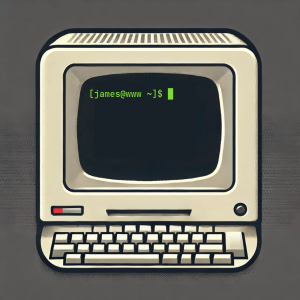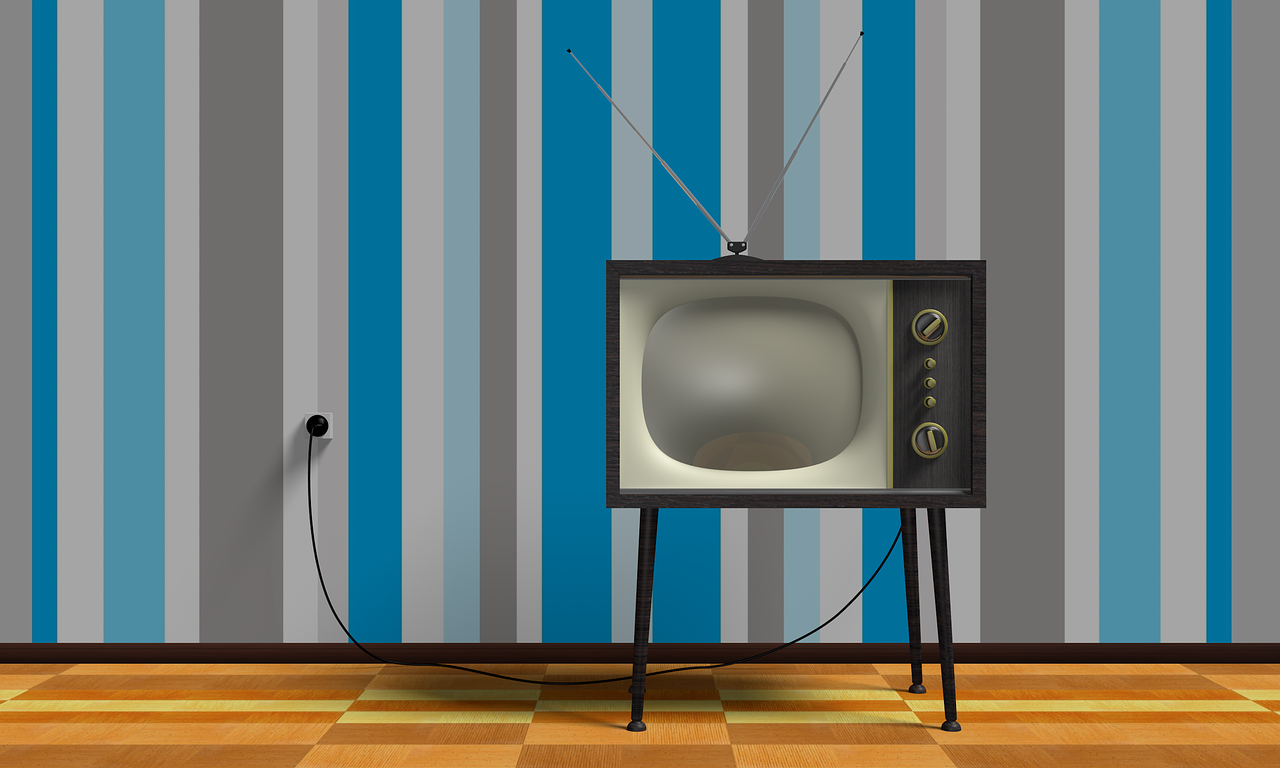Image by AlexAntropov86, made available under Pixabay License
This article was written by James North and is made available under a Creative Commons Attribution-NonCommercial 4.0 International License. Share it and build on it, but don't exploit it for commercial purposes.
Read the legalcode for the full terms.
Over the past ten or so years, many of us have transitioned from watching our favorite shows on TV to watching them on Netflix…and Stan, Disney+, Binge, Crunchyroll, HiDive, HBO, Amazon Prime, and Paramount+.
Why? Well, the value proposition is better. You get:
- to watch your show at the time of your choosing. No need to clear your schedule and block out time to watch it on Friday night.
- a large selection of shows, particularly anime. Anime is basically dead on TV.
- no ads! If I need to hear about Mitre 10 one more time, I swear…
- no interlacing. Video quality is usually better.
Sounds like a pretty sweet upgrade, right? Well, it was. As every news outlet has been eager to point out recently, streaming is getting a lot worse. It’s regressing to the point that it’s developing some of the same drawbacks as TV. There are now streaming services that force ads on their paying customers, you need to pay several companies to watch the shows you want to watch, and prices just keep going up.
That’s not good news, of course, but there are some drawbacks to streaming services that have always existed.
The biggest drawback is that you can no longer record the episodes you watch. Thanks to the landmark Sony v. Universal case, we’ve been able to record our TV shows for decades. Remember the first advantage I mentioned; that you don’t need to clear your schedule? Well, VHS (and Betamax) tapes have made that a non-issue for a very long time. You just set it up to record your favourite TV show when it airs and watch the tape later. Thanks to the Sony case, this is fair use.
You can’t do that with streaming services. They do everything they can to prevent you from copying shows that might disappear without warning. If you do copy it, you’ll be violating Section 1201 of the DMCA, not to mention committing standard copyright infringement anyway. Shows are liable to disappear from a streaming provider’s catalogue at any moment, though some companies are generous enough to give you a heads up beforehand.
Wakanim was a noteworthy exception. It was the only anime streaming service that allowed you to download anime without DRM. Sounds awesome, right? Well, they got acquired by Crunchyroll and will officially dissolve tomorrow, that awesome service disappearing along with them. So much for that.
Most streaming services require you to install some kind of DRM module before you can watch shows from their site. Usually, it's Google Widevine. Netflix, Amazon Prime, and Disney+ all use Google Widevine to encumber their media with DRM. This gives Google a lot of power in this industry. Imagine you were developing a web browser and you wanted your users to be able to stream shows and movies from Netflix and the like. Well, you need Google's approval before your browser will work with those sites. If Google doesn't like your browser, they can decide not to let you use Google Widevine.
This is not a hypothetical scenario. This actually happened to Samual Maddock and his browser, Metastream.
I'm sorry but we're not supporting an open source solution like this
DRM sucks. You can see the sad conclusion to this story in this post.
Here’s another annoying drawback to streaming: every streaming service seems to make its own decisions about how loud their shows should be. With TV, they need to adhere to broadcast standards so every channel is about the same volume. If you jump between streaming services, you’ll be adjusting that knob back and forth. The ads are also always much louder.
If you find yourself in a different country, you might find that you can't access your streaming service anymore. I was briefly in New Zealand this year, and my friend could not access their Binge subscription. These subscription services block you based on the location you're currently in. Sure, TV is the same way—it's not like you can tune in to 9News on Japanese TV—but when you're actually paying for the privilege, it'd be nice if you got to access it.
This is to say nothing of the things that are the same with both streaming and TV. If I want to watch anime, I certainly have a bigger selection on a streaming service, but the anime I want to watch is usually not available. Or if it is, it's not available in my country. Animelab was a great Australian-oriented service until FUNimation killed it and was subsequently eaten by Crunchyroll. God, they make this stuff hard. What's a guy got to do to get his hands on that particular anime in the original Japanese? I don't even want subtitles. Just give me the RAWs!
Free-to-air TV might offer a better value proposition today. You don’t get to choose to watch what you want right now, but otherwise, it’s not that much different to streaming services. And free is better than $80 a month!
Personally, I’ll be sticking to DVDs. If there’s a show I want to watch, I’ll buy it. Most of these days, I’m watching old shows anyway. There is absolutely nothing I need to watch right now, and I do not keep up with whatever’s popular. At least, not intentionally.
Now, if you'll excuse me, I need to figure out how to get Kimagure Orange Road in front of me...


